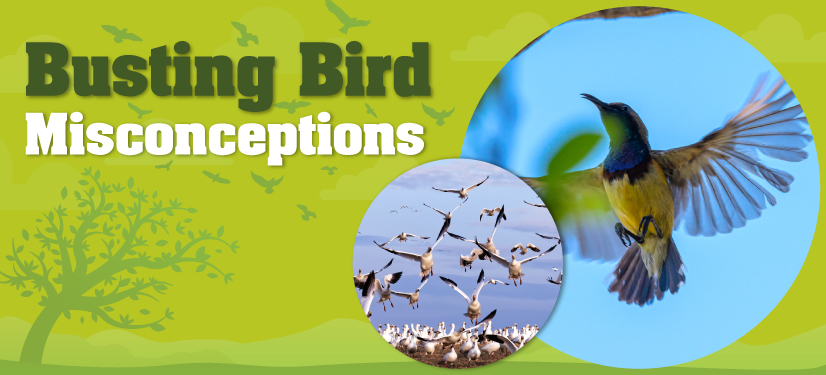
Myths about birds have been around for a long time. What used to be thought of as the “Gospel Truth” is now being realized as merely a myth. There have been some real classic myths and occasionally some that are just plain outrageous.
And let’s face it, we all have many preconceived ideas and misconceptions when it comes to making sense of the world. While misconceptions in physical, earth, and space sciences have gotten a fair amount of attention, misconceptions about life science are less understood. Yet we know that students do sometimes hold incorrect ideas about animals, including birds. Classification, characteristics, behaviour, and interaction with humans are all areas of possible misconceptions.
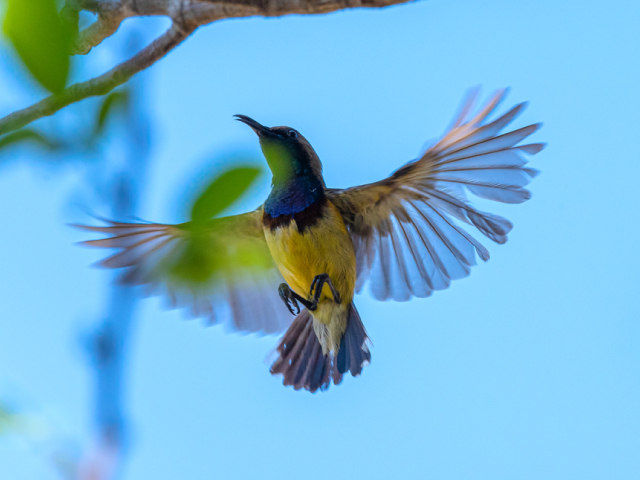
How did these myths start? Was it because of children’s literature, animated films or the Internet? Unfortunately, it’s not that simple, but what is true is many of these bird myths have gotten around and become the truth instead of fiction to many of us.
Nevertheless, we all are fascinated by birds – so in this article, let us discuss some common misconceptions related to birds that you might think were true!
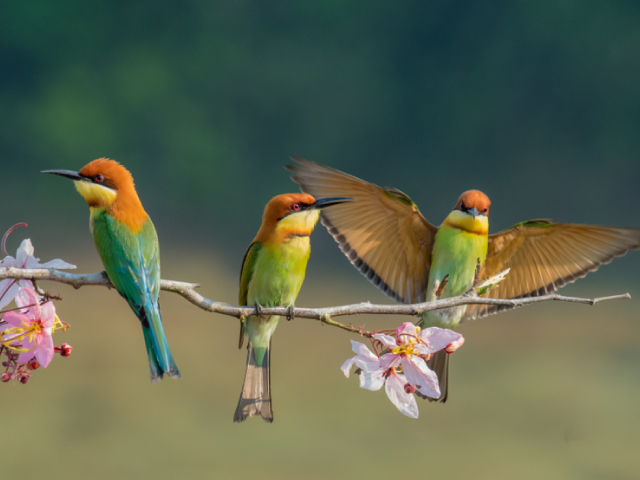
MYTH 1: Birds Sing When They’re Happy
Well, not true! Males sing as a form of aggression to warn competing males to stay away. Males also use singing to signal their personal qualities to attract females to mate with them. Females tend to prefer males who sing more often or have more complex songs.
MYTH 2: Birds Pair For Life

Divorce is actually a regular part of life for almost all birds! Most birds live with one partner for only a few months or years, depending on the species. Annual divorce rates range from 99 percent (with the greater flamingo) to 0 percent in the wandering albatross.
MYTH 3: Mom Will Abandon Her Baby If You Touch It
Oh, this is one of the most classic ones, right? First of all, a mother is a mother and that is her baby. Second, with a few exceptions, birds have a lousy sense of smell so they wouldn’t even get to know if you have touched the baby.
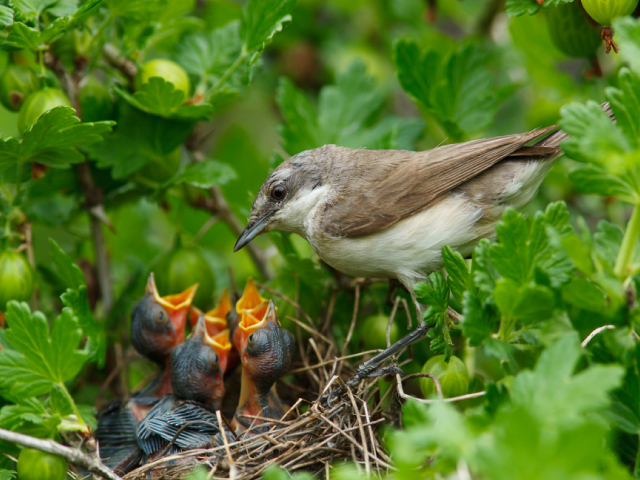
If you see a baby which is featherless and obviously too young to even move around much, put the baby back into the nest. If it has feathers and appears to be a small but fully feathered bird, leave it alone. It is a young bird that’s under training to learn to fly. The watchful parents are likely to be nearby and being on the ground for a day or two is part of the process of learning to reach the sky.
MYTH 4: Parent Birds Will Abandon a Nest If It Has Been Touched By Humans
Parents put a lot of effort into building nests, incubating eggs and caring for their young. So they rarely desert nestlings simply because a person has found the nest. A young bird chirping for food near the nest has not necessarily been abandoned. Its parents are probably nearby waiting for you to leave the area.
However, birds may abandon a nest if you approach a nest too often because other predators may be led to the nest by your scent. So the best advice is that you stay away from your little winged neighbours.
MYTH 5: Swallows Survive Winter By Burrowing In The Mud
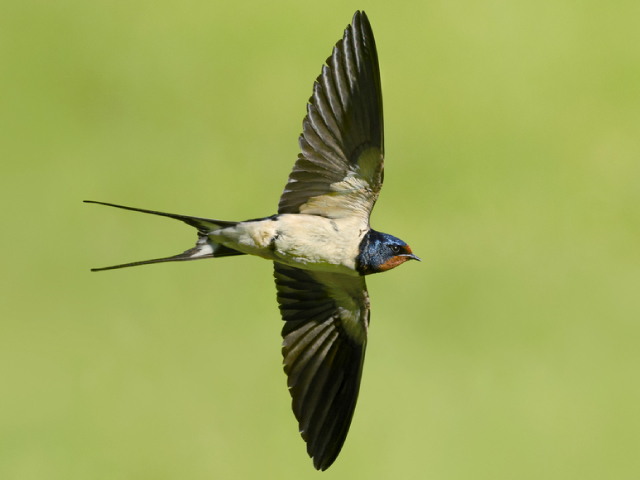
Not sure how this myth started, but the truth is far from it! Purple martins and barn swallows fly about 10,000 miles round trip to Brazil to escape the northern winters! And as you can guess, do not burrow in the mud to survive winter.
MYTH 6: Ostriches Bury Their Heads in Sand When Scared
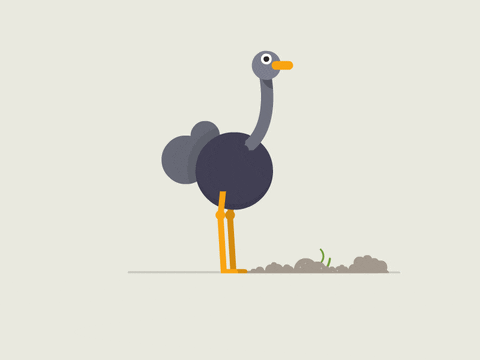
Credit: Giphy
It’s an optical illusion! Ostriches are the largest living birds, but their heads are pretty small. If you see them picking at the ground from a distance, it may look like their heads are buried in the ground.
If ostriches were to bury their heads in the sand, they wouldn’t be able to breathe! But they do dig holes in the dirt to use as nests for their eggs. Several times a day, a bird puts her head in the hole and turns the eggs. So it really does look like the birds are burying their heads in the sand!
MYTH 7: Birds Are Stupid
We’ve all heard the term “Bird Brains” which implies they’re dumber than mammals. Until the 21st century, birds were largely dismissed as simpletons. How smart can you be with a brain the size of a nut? But don’t let this fool you. The more we study bird intelligence, the more those assumptions are breaking down.

Studies have shown, for instance, that crows make tools, ravens solve puzzles, and parrots boast a diverse vocabulary. Birds make good use of the allotted space for their tiny brains by packing in lots of neurons—more so than mammals, in fact.
Birds can recognize relatives they haven’t seen in years, tell a neighbour from a stranger just by its voice, remember the location of food they hid away months earlier!
Clearly, we need to broaden our definition of what actually qualifies as being ‘smart’. Being able to fly to Argentina, come back, and land in the same bush—we don’t see that intelligence in a lot of other organisms, including the smartest of all—humans.
MYTH 8: Birds have no sense of smell
Most birds cannot smell odours nearly as well as mammals like cats and dogs. But some birds, for instance, seabirds can recognize their mate by smell alone. And turkey vultures find their meals by sniffing out the gases coming from the decaying flesh of dead animals.
MYTH 9: Two Parents Are Needed To Raise The Young
In many birds like hummingbirds and woodcocks, the female raises the young all by herself. In other birds like crows and blue jays, parents recruit nannies! Usually, former offspring act like nannies and help protect and feed the young.
MYTH 10: Since Birds Can Fly So Well, They Can Adapt To Climate Change
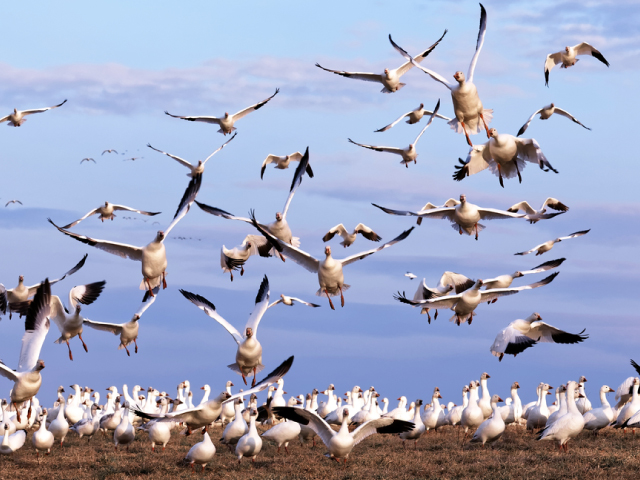
Yes, many bird species can deal with climate change and will move north as temperatures rise. But unfortunately, there are cases when they lay their eggs too early and their food supply doesn’t peak when they need it the most—and their young will suffer.
We hope that this article helped you learn something new about the world of birds today and helped you correct a few of the many misconceptions about them.
Let us know in the comment section about any other myth that you have heard about birds.
Raza has been writing since 2008, be it fiction, poetry, or articles on science, politics, and history. He believes that words can change the world, and he uses them to inspire and empower people through his writing. When he is not working, he is watching nature documentaries or playing with his cats.
Comments
Vineet Singh
January 20, 2021
Thanks for this amazing information about birds.
Manasvi khandelwal
December 14, 2020
It is very important and interesting to learn and read
Swastika
December 13, 2020
Thanks
Now I understand my neighbours (pigeons) better
Sunandana Kar
December 11, 2020
I long to be an ornithologist in my future. I am 12 years old and study the behaviour of birds and explore them. I also have a pegion and two pairs of bulbuli as my friends. Thank you so much for sharing such a informing article that will help me to explore them.
Aastha Bhardwaj
December 11, 2020
This is very helpful ?
Pawan kumar
December 11, 2020
I think i learn all about birds
THANK YOU BYJUS